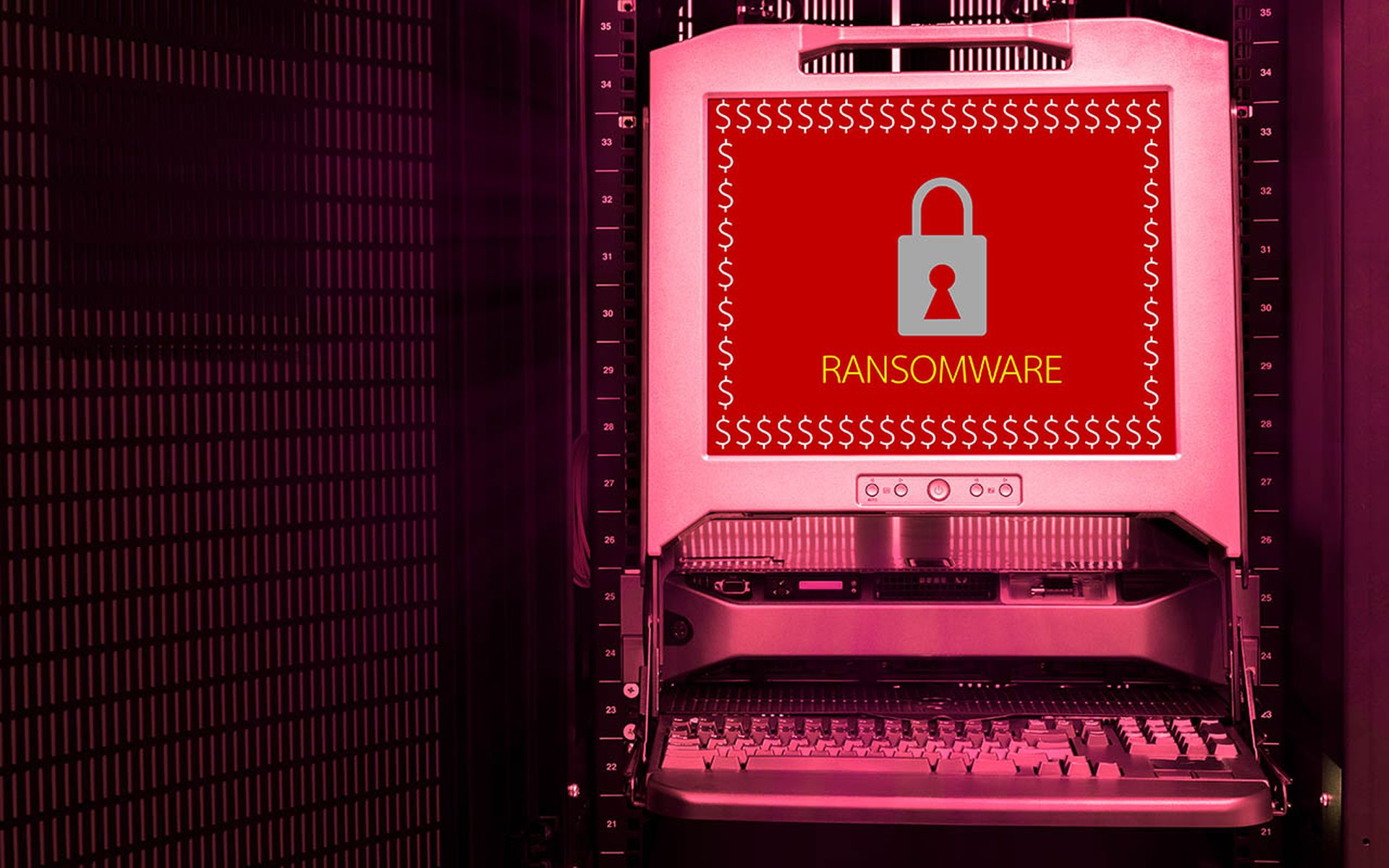The Port of Nagoya, Japan’s largest and busiest trading port, has resumed operations after a supply chain ransomware attack disrupted cargo packing operations on July 4 and stalled work for more than two days.
Port Crippled: Trucks Couldn't Load or Unload
Systems were initially slated to restart at 7:30 a.m. on July 6, according to the Nagoya Harbor Transportation Association. The restart was delayed, however, owing to the large amount of data that needed to be recovered and also checked for viruses, officials said, the Japan Times reported.
Network data must be fully restored to resume normal operations. Some 60 people were currently working to rewrite data that was lost in the attack, the report said.
The maritime port, which handles some of Toyota’s exports and imports, had been virtually crippled when the Russian-linked LockBit 3.0 cybercrime syndicate froze the Nagoya United Terminal System’s network and demanded a ransom to unlock its data. In the attack’s wake, trucks were unable to unload and load containers.
Nagoya United Terminal System operates the port’s five container terminals. The Association reportedly did not pay the ransom to the hackers, the Times said.
A Toyota official told said that the company plans to suspend operations at a packaging line for export-bound components on Friday, Reuters reported.
While Toyota’s shipments of new cars have not been affected so far, a Toyota spokesperson told Reuters the car maker is “unable to load or unload” imported or exported auto parts “due to system troubles.” Toyota has been able to continue production with auto parts that they have in stock.
Commenting on the attack, Nick Tausek, lead security automation architect at Swimlane, said:
"This ransomware attack on the Port of Nagoya in Japan demonstrates just how easily cyberattacks can impact the global supply chain and lead to significant financial losses. In this case, the port has completely halted operations that control 10% of Japan's total trade volume and is leveraged by major Japanese organizations."
Japanese Governor Urges Strong Cyber Defense
Aichi Gov. Hideaki Omura said on Thursday it would be “terrible if something like this happened repeatedly,” stressing the importance of taking “defensive measures” to ward off future attacks, according to the Times’ report.
The Port of Nagoya has been the biggest port in Japan, as measured by annual cargo volume, since 2002. Nearly 40% of its exports come from auto parts and it is the largest exporter of cars in Japan. The port handles an average of 10,000 pieces of cargo per day (roughly 200 million tons), according to the Association.




